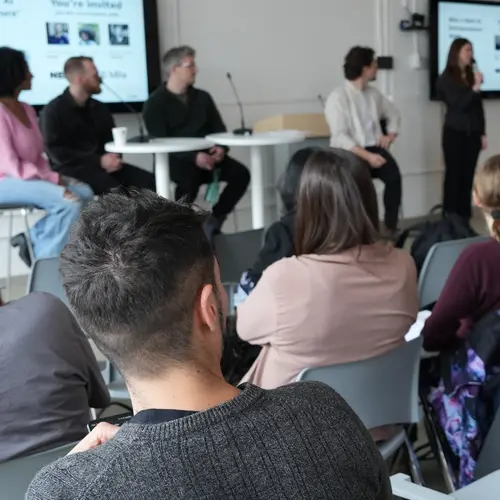
Benjamin Fung
Biographie
Benjamin Fung est titulaire d'une chaire de recherche du Canada en exploration de données pour la cybersécurité, professeur agrégé à l’École des sciences de l’information et membre agrégé de l’École d’informatique de l'Université McGill, rédacteur adjoint de IEEE Transactions of Knowledge and Data Engineering et rédacteur adjoint de Elsevier Sustainable Cities and Society (SCS). Il a obtenu un doctorat en informatique de l'Université Simon Fraser en 2007. Il a à son actif plus de 150 publications revues par un comité de lecture, et plus de 14 000 citations (h-index 57) qui couvrent les domaines de l'exploration de données, de l'apprentissage automatique, de la protection de la vie privée, de la cybersécurité et du génie du bâtiment. Ses travaux d'exploration de données dans les enquêtes criminelles et l'analyse de la paternité d’une œuvre ont été recensés par les médias du monde entier.



